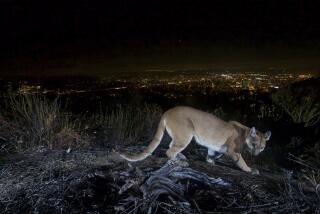‘Southwestern Homelands’ by William Kittredge
has always been more a Western Guy than a Southwestern Guy. He has lived in Montana for about 30 years and distilled several books from the experience, ruminating on ranchlands and water and the complications that ensue when humankind and the more natural world bump into each other.
The first time I visited that state, about five years ago, I picked up “Montana Spaces,” an anthology edited and introduced by Kittredge, and was so taken with his writing and the stories he gathered from beneath the Big Sky that I was tempted to stay inside my cabin and read this writer so wedded to his landscape.
But it turns out that Kittredge and his wife, writer Annick Smith, do get out of state occasionally, often to Arizona, New Mexico and Utah.
It further turns out that the National Geographic people were eager to make him part of its recently launched Directions series, which turns noted writers loose in significant landscapes. And so we have “Southwestern Homelands,” for which we should be grateful.
It’s not an ambitious book, measuring 176 pages and meandering between travelogue and history. But Kittredge has put in his time on the scene, talked to provocative thinkers such as Douglas Peacock and Gary Paul Nabhan, done some reading and reflecting on the region’s original peoples, and achieved some just plain read-it-out-loud lyrical writing:
“Hummingbirds, I can’t stop listing them, move me to my fanciest fantasies,” he writes. “The white-eared and the magnificent, so many species in flowering havens all day long, so intricate in their speedy doings, so elegant in their comings and goings, such quick splendor.”
Another pleasure of this book is the author’s resistance to typecasting. Kittredge genuflects, inevitably, in the direction of his old friend Edward Abbey, the civilization-damning author of “Desert Solitaire” and “The Monkey Wrench Gang.” But instead of bragging about his own brave hikes and solitary moments, Kittredge freely confesses to sleeping in comfortable beds, eating occasionally in trendy Santa Fe restaurants and admiring Arizona’s Biltmore Hotel. The author travels the way many of us do. He even plays golf (and yes, that sound you hear probably is Abbey blowing raspberries from 6 feet under).
A few missed stitches in Kittredge’s fabric: When his narrative needs a nudge in a new direction, he relies on rhetorical questions along the lines of “At what cost has social order been maintained by Southwestern tribes?” and “What did I take from Gloria and Jim?” His ambling from subject to subject seems without much scheme, a puzzlement that would matter more in a longer book.
Near this one’s end, Kittredge comes around to prescribing remedies for water shortages, grazing troubles and other crises of the new West. But he neither hugs trees nor revs up his WaveRunner. Instead he looks for a middle road of compromise--not surprising, perhaps, for a man who has been both rancher and academic, who has thought hard about Chaco Canyon and hit from the tee at the Phoenician.
More to Read
Sign up for our Book Club newsletter
Get the latest news, events and more from the Los Angeles Times Book Club, and help us get L.A. reading and talking.
You may occasionally receive promotional content from the Los Angeles Times.









